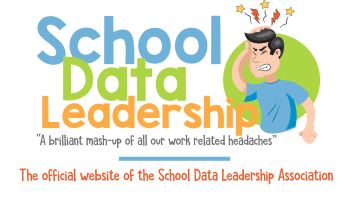Standard 2 - Creating and Maintaining Effective Environments for Student Learning
Teachers promote social development and responsibility within a caring community where each student is treated fairly and respectfully. They create physical or virtual learning environments that promote student learning, reflect diversity, and encourage constructive and productive interactions among students. They establish and maintain learning environments that are physically, intellectually, and emotionally safe. Teachers create a rigorous learning environment with high expectations and appropriate support for all students. Teachers develop, communicate, and maintain high standards for individual and group behavior. They employ classroom routines, procedures, norms, and supports for positive behavior to ensure a climate in which all students can learn. They use instructional time to optimize learning.
2.6 Employing classroom routines, procedures, norms, and supports for positive behavior to ensure a climate in which all students can learn
As teachers develop, they may ask, “How do I…” or “Why do I…”
Involve all students in the development of classroom procedures and routines
Guidance: Co-create classroom rules and expectations through discussion and consensus-building. Use visual anchors or contracts that reflect student voice.
Help students transition smoothly and efficiently from one instructional activity to the next
Guidance: Use visual and auditory cues, posted agendas, countdown timers, and consistent routines. Pre-teach transitions and use student leaders to model expected behavior.
Apply knowledge of students’ development to provide time and support for learning activities
Guidance: Plan buffer time between tasks. Provide step-by-step scaffolding, chunking of tasks, and extended time when needed to accommodate developmental differences.
Develop daily schedules, timelines, routines, and norms that maximize learning
Guidance: Create predictable, visual schedules and time blocks that reflect students’ peak focus times. Use norm-setting activities at the start of the year to establish shared expectations.
Connect district, site, and classroom procedures to promote fairness and respect
Guidance: Align your classroom expectations with school-wide PBIS systems. Reinforce behavior expectations in hallway, cafeteria, and online learning spaces.
Adapt routines, procedures, and norms to ensure the success of students with special needs
Guidance: Provide visual schedules, sensory tools, checklists, and explicit modeling. Collaborate with special education staff to tailor supports and access points.
